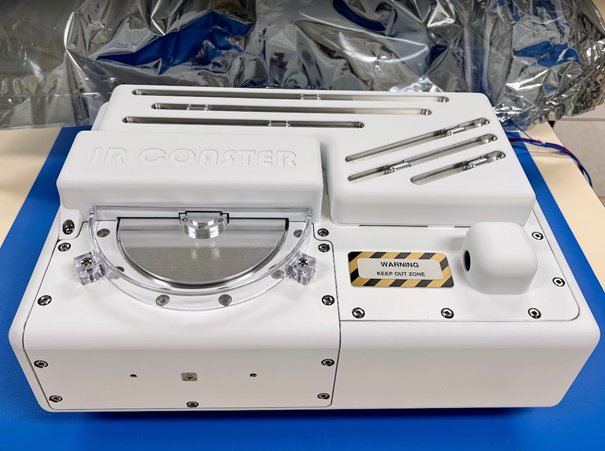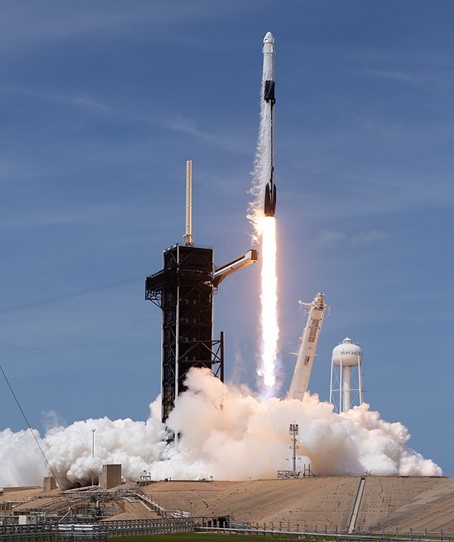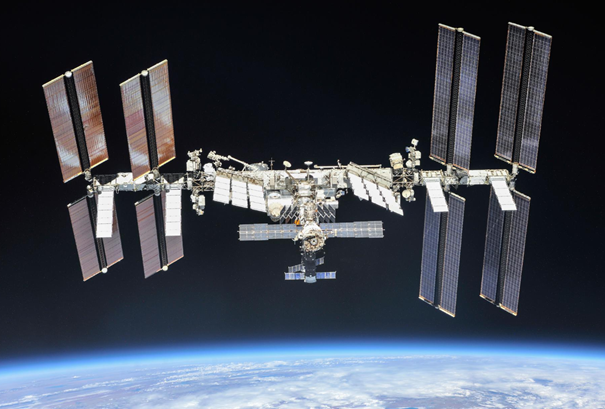The IR-Coaster experiment takes off for the ISS
On the night of November 1 to 2, 2024, at 4:40 a.m. French time, a Space X Falcon 9/Dragon rocket will take off from Cape Canaveral (Florida/USA), bound for the International Space Station. On board is IR-Coaster (InfraRed-Cubic Orbital Astrobiology Exposure Research), an astrochemistry and exobiology experiment designed and developed at the Laboratoire Interuniversitaire des Systèmes Atmosphérique (Lisa / Universités Paris Est Créteil - Paris Cité and CNRS) with the Centre National d'Etudes Spatiales (Cnes). Once IR-Coaster is installed outside the space station, a series of samples selected by the scientific team will be exposed to space conditions, and in particular to solar ultraviolet radiation, the most energetic of which is filtered out by the Earth's atmosphere. Although these rays are at the origin of chemical evolution in extraterrestrial environments such as comets or the surface of Mars, they are extremely difficult to reproduce in the laboratory.
Over the past twenty years, Lisa has been responsible for several similar experiments in Earth orbit, first on a Russian capsule in 2007, then on three occasions on the International Space Station between 2008 and 2016. The IR-Coaster experiment will be installed on the outside of the space station in early 2025. This is the first time that the entire instrument has been designed, assembled and tested at the Lisa. What's more, until now, samples were only analyzed when they were prepared and then on their return to Earth, so there were only two points of measurement. Now, for the first time ever in this type of experiment, samples will be analyzed directly in orbit using an infrared spectrometer onboard the instrument. The molecules selected for this in-orbit exposure campaign will therefore be analyzed regularly for a full year in orbit, before returning to Earth for further measurements to be carried out at the Lisa. Selected to improve our knowledge of chemical evolution in extraterrestrial environments, the molecules on display are also of interest in exobiology (the study of the origin of life on Earth and its search elsewhere in the universe): they include an amino acid (glycine) that is a constituent of proteins, two nucleic bases (uracil and guanine) included in DNA and RNA, and mellitic acid, which is being sought at the Lisa.

The IR-Coaster instrument (dimensions and mass approx. 40x30x15 cm and 10 kg). The infrared analysis instrument is inside the casing. Photo credits : LISA/Noel Grand

(crédits : domaine public / https://en.wikipedia.org/wiki/Falcon_9)
ISS picture (libre de droits, crédits : Nasa)


